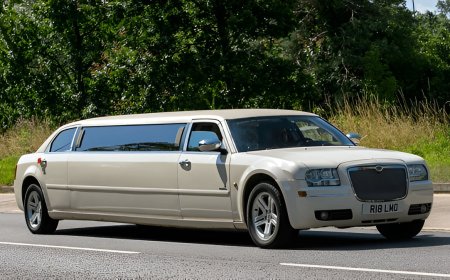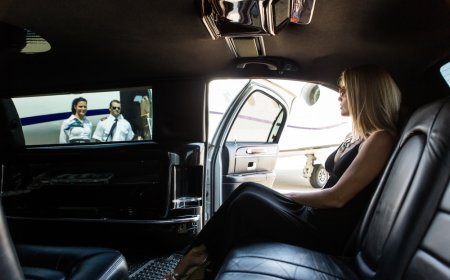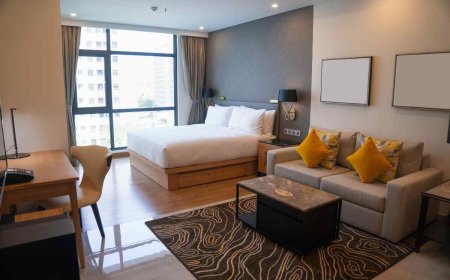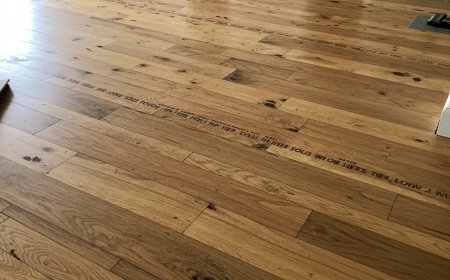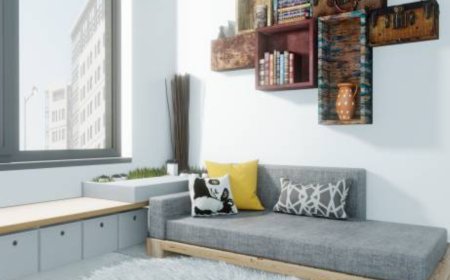The Evolving Importance of Office Furniture in Modern Workspaces
In todays fast-paced and ever-evolving professional environment, the concept of the office has dramatically transformed. Gone are the days when traditional cubicles and basic desks defined a workspace. Modern organizations now place a significant emphasis on how the physical space impacts employee productivity, creativity, and wellbeing. A central element of this transformation is office furniture. Whether it's ergonomic chairs, collaborative desks, or aesthetically pleasing storage units, the quality and functionality of office furniture can significantly influence work culture, employee morale, and overall efficiency. As businesses grow increasingly aware of this, they are investing in office furniture that is both functional and stylish, recognizing that comfort and design go hand in hand with productivity.
How Office Furniture Impacts Employee Wellbeing
One of the most notable ways in which office furniture plays a critical role is in supporting employee health and wellbeing. Ergonomically designed chairs, adjustable desks, and supportive seating options are no longer luxury items but essential investments. Office workers spend a substantial portion of their day sitting at desks, and poor posture caused by inadequate furniture can lead to chronic back pain, fatigue, and even long-term musculoskeletal issues. Therefore, incorporating ergonomic furniture reduces the risk of health problems and absenteeism. Furthermore, having well-designed break areas with comfortable furniture gives employees a space to recharge, which can enhance mental clarity and reduce workplace stress.
Boosting Productivity Through the Right Office Furniture
The right office furniture layout contributes significantly to organizational productivity. When employees are provided with furniture that meets their needs, they are more likely to stay focused and work efficiently. Adjustable chairs and desks cater to diverse body types and preferences, enabling staff to personalize their workspace. Standing desks have become particularly popular as they promote movement and reduce sedentary behavior. Additionally, furniture that allows for noise control and privacysuch as acoustic panels, partition screens, and enclosed podshelps minimize distractions in open-plan offices. When furniture supports both individual concentration and team collaboration, businesses witness improved output and streamlined workflows.
Design and Aesthetic Appeal Matter More Than Ever
Aesthetics play a vital role in defining a company's culture and brand identity. Sleek and modern office furniture not only leaves a good impression on visiting clients but also sets a positive tone for employees. Color psychology is often considered in office design, where different tones of furniture are used to evoke emotions like calm, energy, or creativity. For example, incorporating green and blue tones in chairs and desks can create a relaxing environment, while red and yellow may spark innovation. Office furniture that blends well with the interior architecture contributes to a cohesive design language that reflects professionalism and vision. This attention to aesthetics can uplift employee mood and instill a sense of pride in the workplace.
Versatility and Flexibility in Furniture Solutions
Another growing trend is the emphasis on versatile and flexible office furniture. With remote and hybrid work models becoming the norm, companies are rethinking their approach to workspace utilization. Modular desks, foldable tables, stackable chairs, and mobile storage units are excellent examples of furniture that can be rearranged based on changing needs. This adaptability allows offices to be repurposed quickly for meetings, brainstorming sessions, or quiet work zones. Moreover, furniture with built-in technologysuch as desks with charging ports or conference tables with cable managementcaters to the tech-centric demands of the modern office. Investing in multifunctional furniture ensures that the workspace remains dynamic and future-ready.
Sustainable Office Furniture: A Smart and Responsible Choice
Environmental consciousness is no longer an afterthought in business decisions, and this includes selecting office furniture. Many organizations are now opting for eco-friendly furniture made from recycled materials or sustainably sourced wood. Manufacturers are increasingly embracing sustainable practices, including the use of non-toxic finishes and low-VOC adhesives. Choosing green office furniture not only aligns with corporate social responsibility goals but also appeals to environmentally conscious employees and clients. Additionally, furniture with long life cycles and repairable components offers cost savings in the long run. Businesses that integrate sustainability into their office design demonstrate a commitment to a healthier planet and a more ethical way of operating.
Key Considerations When Buying Office Furniture
When selecting office furniture, it's crucial to consider both form and function. The furniture must be suited to the specific tasks of your workforce while aligning with your office space and brand image. Budgeting is a vital step, but cost shouldnt compromise comfort or durability. Always prioritize ergonomic certification, warranty periods, and the ability to test furniture before purchase. Collaborating with reputable furniture suppliers who offer customization options ensures that the solutions are tailored to your companys unique needs. Additionally, businesses should evaluate delivery timelines, assembly services, and post-purchase support. Careful planning and consultation go a long way in making informed furniture decisions that benefit the organization in the long term.
The Psychological Impact of Office Furniture on Work Culture
Beyond functionality, office furniture also has a profound psychological impact. A well-furnished workspace creates a sense of structure, stability, and motivation. Employees who perceive their environment as supportive and well-organized tend to exhibit greater job satisfaction and engagement. Collaborative furniture, such as shared tables or lounge seating, fosters communication and teamwork, which are essential in a healthy workplace culture. On the other hand, private pods or solo workstations can offer respite for employees who need to focus or decompress. When furniture accommodates diverse work styles, it empowers staff to perform at their best, creating a culture of inclusivity and respect.
Office Furniture as an Investment in Business Success
Many companies make the mistake of viewing office furniture as a one-time expense rather than a long-term investment. However, high-quality furniture has a direct impact on business outcomes. Improved productivity, better employee retention, enhanced brand image, and reduced health-related costs are just some of the tangible returns. Moreover, office furniture contributes to a professional and efficient environment where clients and stakeholders feel confident in the companys capabilities. Forward-thinking businesses recognize that every piece of furniture should align with their goals, support daily operations, and contribute to their overall success.
Conclusion
In a world where workplace dynamics are rapidly changing, office furniture stands out as a foundational element that affects every aspect of a businessfrom employee wellness and productivity to branding and sustainability. Choosing the right furniture is no longer a matter of style alone but of strategic importance. Companies that invest thoughtfully in office furniture create environments where people thrive, ideas flourish, and goals are achieved more efficiently. For organizations aiming to enhance their workspace, the brand office furniture provides a benchmark in quality, innovation, and workplace transformation.





